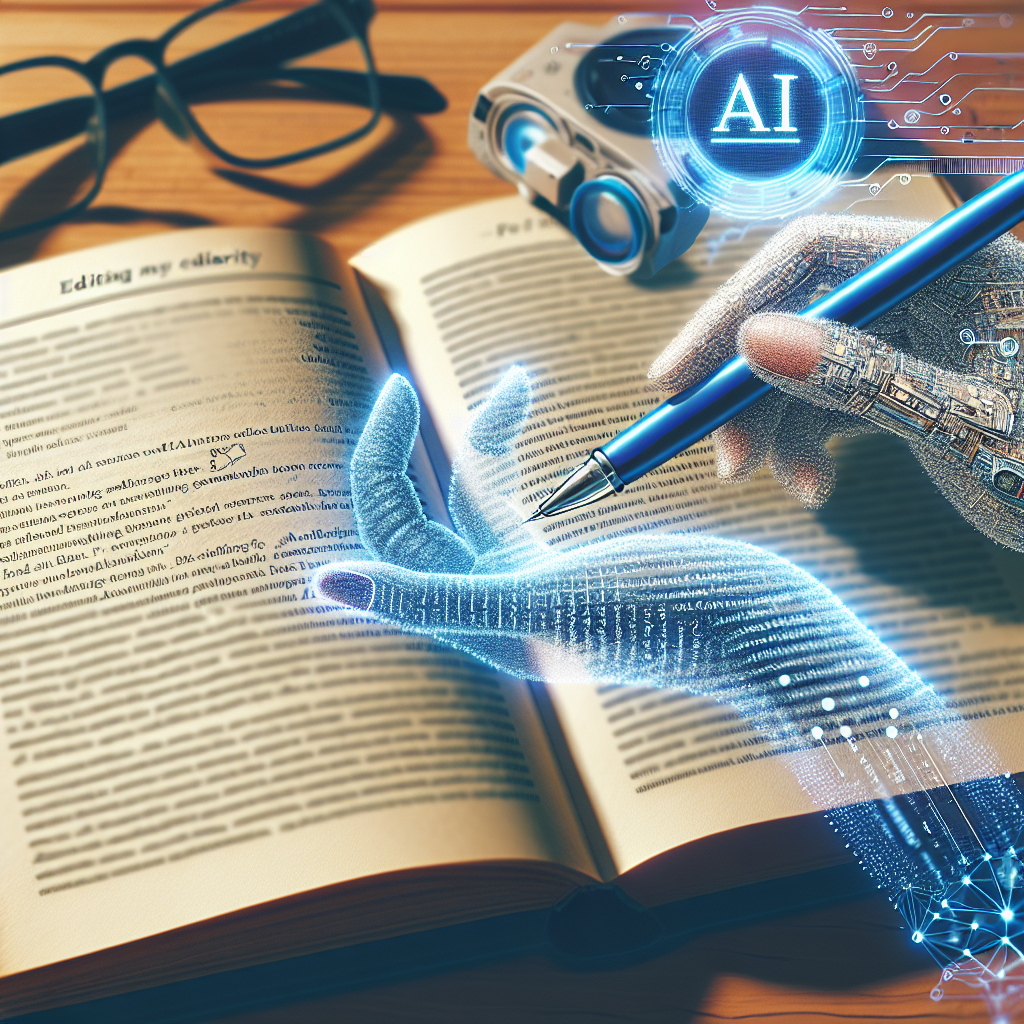Editing AI-Generated Nonfiction Books for Accuracy and Clarity
Accuracy and clarity must always be carefully considered when creating nonfiction books using artificial intelligence (AI). AI content creation has brought with it an entirely new wave of content production; making sure information presented accurately while remaining easy for the reader to grasp remains essential to its success.
Understanding AI-Generated Nonfiction Text
Before diving into editing, it’s essential to develop a basic knowledge of AI-generated nonfiction. Artificial Intelligence algorithms use parameters provided by creators in order to produce articles or books using artificial intelligence; such content ranges from articles through books utilizing algorithms which sort vast amounts of data in order to produce cohesive pieces with informative pieces of writing.
Editing Its Although AI technology has made great strides towards automating content creation, its human touch still cannot match it when it comes to accuracy and clarity. Editing is therefore vitally important when producing AI-generated non-fiction as editing ensures an error-free product for consumption by readers.
Accuracy Is Key
One of the primary challenges associated with editing AI-generated nonfiction is making sure its information is reliable. AI algorithms may inadvertently pick up incorrect or misleading data points that require editors to fact check, verify sources, and fact-check content for veracity before publishing AI content.
Fact-Checking
As part of AI-generated nonfiction editing processes, fact checking must be an essential component. Editors should double-check all presented data by cross-referencing sources and double-checking statistics – this ensures accuracy while protecting readers against inaccuracies in content delivery.
Clarity within an AI-generated nonfiction book
Clarity is another essential aspect of editing AI-generated non-fiction books. AI algorithms may produce complicated or hard to follow content that needs editing in order to make the book more understandable for its audience. Editors must take care in simplifying both language and structure of books in order to make them more approachable for readers.
As part of AI-generated nonfiction editing, one key task involves simplifying language. AI algorithms may employ complex terminology or lengthy sentences which might confuse readers; editors must break information down into more manageable chunks while using straightforward vocabulary to enhance clarity.
Human Touch Is Essential
AI technology may generate content rapidly, yet editors offer unique perspectives when it comes to accuracy and clarity. Human editors offer insights and corrections which AI algorithms may overlook; thus ensuring AI-generated nonfiction books remain of top quality.
Collaboration With AI Generating nonfiction with artificial intelligence requires cooperation between humans and machines. While AI algorithms may quickly generate content, editors play an essential role in fine-tuning for accuracy and clarity to guarantee high standards are met in the final product.
Editing AI-generated nonfiction books to ensure accuracy and clarity can be both challenging and satisfying work. By fact-checking information, simplifying language, and adding human touches such as fact checks or narrative changes to AI content generated books, editors can improve quality as well as make them more approachable for readers. Non-fiction publishing’s future lies in collaboration between humans and machines – with editing playing an invaluable part in shaping its outcome.
